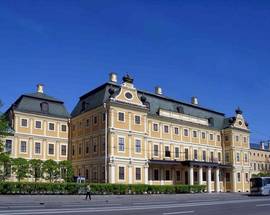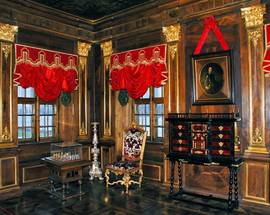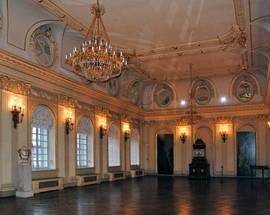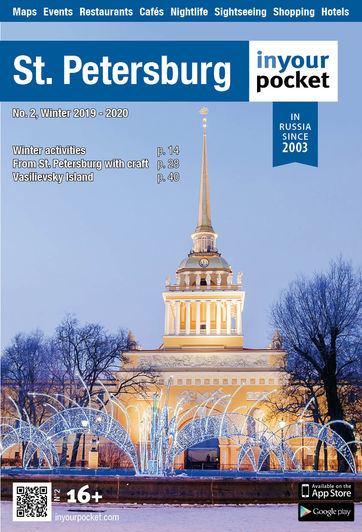It was opened in 1711, but the construction continued until 1727, when Menshikov with his family was exiled to Siberia and his property was confiscated. In 1731, Cadet Corps were established and occupied the palace and neighboring buildings. At the end of the 19th century the Menshikov Palace was restored and became the Museum of the Corps.
The palace is an outstanding example of Petrine Baroque architecture, with characteristic symmetry and simplicity of dimensions, high gabled roofs, two-toned facades and small glass windows. The exterior walls are decorated with pillars and on the top of the risalits of the central building there are gables with enormous regal crowns. The grand entrance takes the form of a stone portal, accentuated by a portico above which a balcony is set. It's now a branch of the Hermitage and the beautifully decorated rooms display early 18th century art, as well as some of Peter's work-tools.








Comments